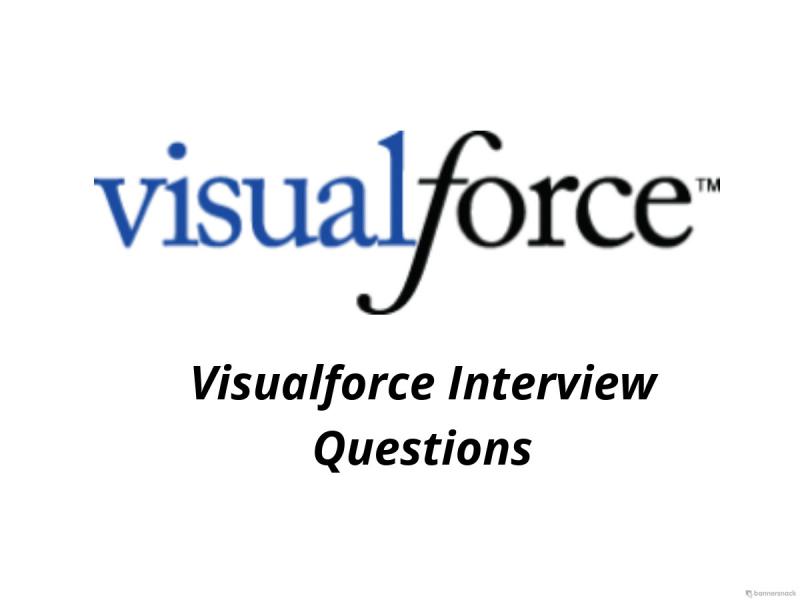Picking a career in Salesforce is only the ideal decision for each IT expert. The main thing is that you ought to be set up for everything before the interview. The initial step before looking for anything else is to go through a list of VisualForce Interview Question Answers for freshers and experienced to clear an interview effectively.
Read Best VisualForce Interview Questions
We have listed the best VisualForce Interview Questions which are typically asked by the interview panel at the time of job methodology.

